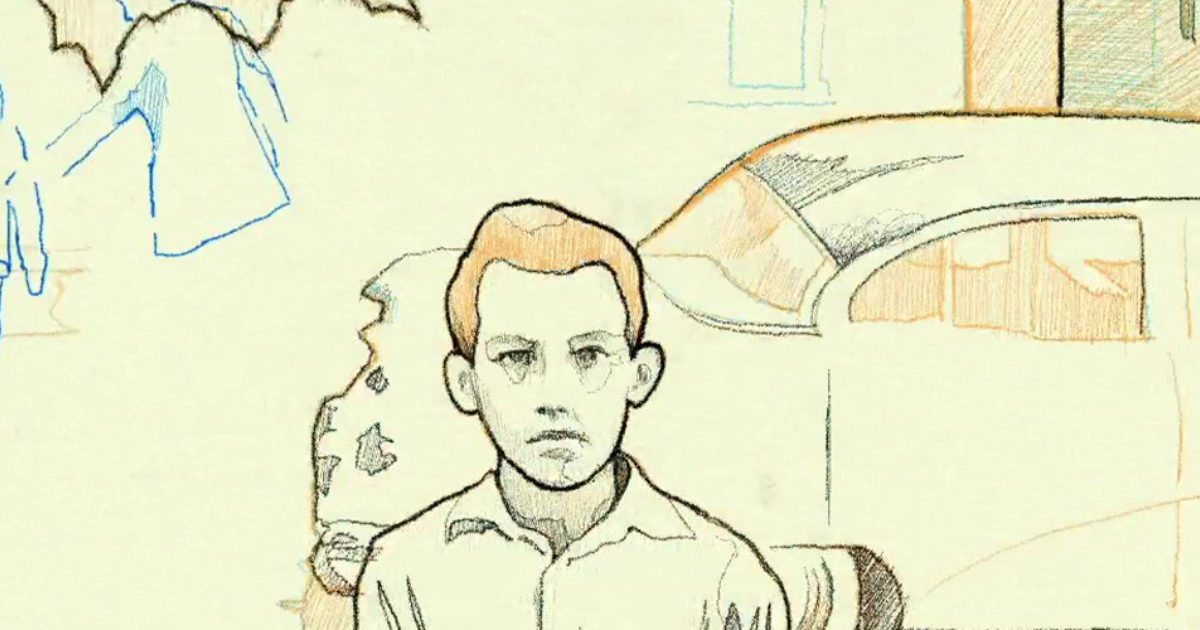Author, poet and screenwriter Barry Gifford has created many interesting characters and stories in his time. Gifford’s Sailor and Lula novels were the inspiration for the David Lynch film Wild At Heart, where the violence and brazen attitude of the novels were brought to life in Lynch’s distinctive style. The main narrative of Roy’s World: Barry Gifford’s Chicago is taken from the short story collection The Roy Stories, where the grit remains, but in more pensive tones.
Roy’s World shows a personal view of 50s and 60s Chicago and presents short vignettes that mainly focus on childhood memories and recollections of growing up in a diverse urban area. Photographs and sketches from Gifford’s personal archive, along with stock images and footage, make up the bulk of the visuals of the documentary. These images are soundtracked by voice-overs that read from The Roy Stories, with the voices playing over an original jazz score from Jason Adasiewicz. The music evokes the skyscrapers, harsh winters, buzzing nightclubs and intimate family moments that we see onscreen, transporting the audience to Chicago during this time period and the authenticity gives the film an aura of realism. This makes for a faithful and private view of the city and draws the viewer into the film.
Willem Dafoe’s (who played the evil and intimidating Bobby Peru in Wild at Heart) gravelly voice perfectly expresses the grit and grime of the Chicago streets. His voice gives the words life and at times enlivens the static images we see onscreen. Lilly Taylor and Matt Dillon also lend their voices to the film, with Taylor’s Chicago accent giving a meditative and genuine feel to the audio.
Animation is also used to illustrate Gifford’s words, with two key scenes adopting the medium. Here, sketches and line drawings come to life to underline the dreamlike nature of the stories. It would have been nice to have seen greater use of animation, as these are the most evocative and memorable sections of the movie and give Roy’s World a surreal and distinguishing edge.
The film concludes when the voice-over declares that Roy’s vision of the world is beyond Chicago and alludes to a wider narrative and uncertain future for the character. This is in keeping with the tone of the film, where Roy has to adapt to his surroundings in the constantly changing streets of Chicago. At 75 minutes, the documentary is short, but feels like it has covered a lot of ground. The pacing at the beginning is slow and takes a little while to get going, however Roy’s World: Barry Gifford’s Chicago is a fine portrait of a city and uses a variety of media to bring Gifford’s evocative words to life.
